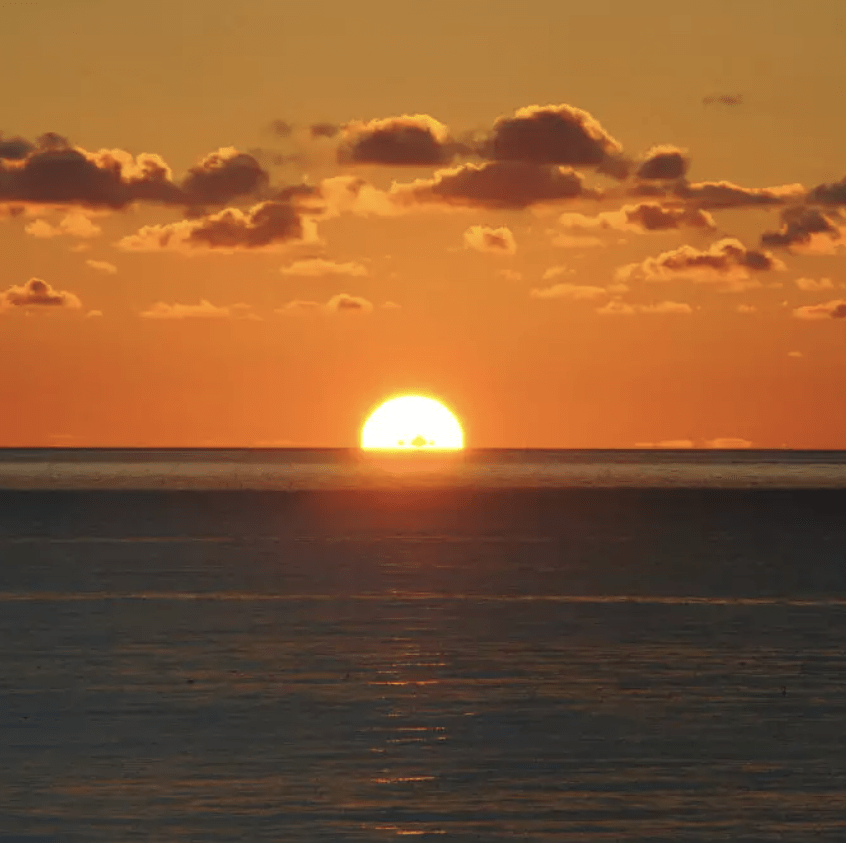i.
dawn under redwoods looks like
deep night;
any change of light is obscured by
one thousand years
of silent perseverance–
burn marks slashed across maroon trunks,
the patient stalwart grows ever upward
between pushing modernity
distant whispers of traffic
and the rushing pacific
a brother in solemn certainty.
dawn under redwoods,
when owls and jays,
once a day,
harmonize.
tucked in hooded shadows,
mournful baritones of the Great Horned God
sings itself into a sunrise slumber;
the last stretch
next to the glowing moon over the western pines
of night.
Steller's Jays
tear neon blue cuts across a lavender sky
and promise the forest of the rising splendor –
shrill cries echo through
a kaleidoscope of branches,
‘the day!’ they call, ‘it comes!’
the sky moves slowly:
black,
grey,
abalones on the beach at dusk,
the innermost petal on a lilac,
the smell of the first bloom of tea roses,
children’s laughter,
and finally,
blue.
ii.
at the edge of the earth, God put a patio.
there, the pacific is the width of the world
and the sun bleeds on cresting waves
with such painful intensity
that I want to look away but
I do not.
cragged cliffs pour themselves
into the splintered sea,
like a call to prayer at high noon;
turquoise rips across kelpy darkness
and the sky pales beside
the thrusting waves -
the sacrificial singer of earth’s loudest song,
gregorian chants in salt
and brine.
overhead,
a shadow
passes,
the sun darkens
to pay his respects;
have you ever looked directly at God?
the wings alone might throw us into eternal night;
whispers of extinction,
spectres of lead and steel
smell of rust and blood; create
the shape of destruction;
the shape of man;
the California Condor
soars westward and, for a moment,
silences even the waves.
Poet’s Note
The California Condor once flew in the thousands across the Pacific coast of the United States. But they were placed on the endangered species list in 1967, largely due to lead poisoning from irresponsible hunting and improper disposal of animal carcasses. In 1980, there were fewer than ten California Condors left in the world. After one of the most successful species revitalization projects in history, today over 300 Condors fly along the California coast. On Spring Equinox, at the edge of a cliff in Big Sur, I saw one flying in the wild. I’ve never been so close (at hundreds of feet away!) to something so nearly lost from all of us; mere traces of this species are still all that remain, and yet it remains; it flies, in spite of us all. This poem is my homage to a creature and a place that are stark, vicious, otherworldly, and yet on the edge, existing in fragments of what they once were, as so many of us are.
